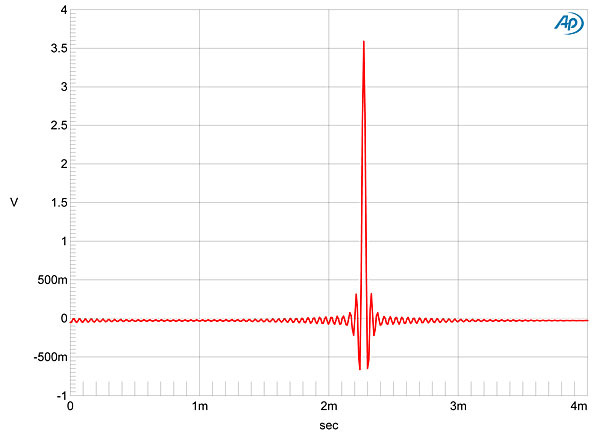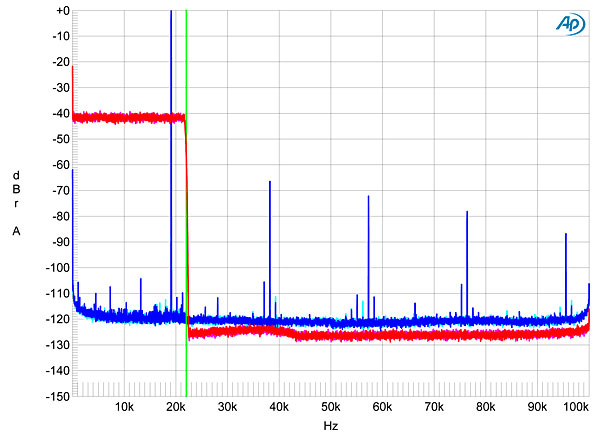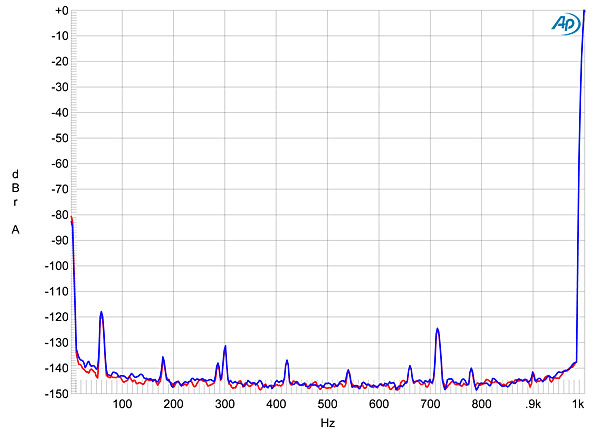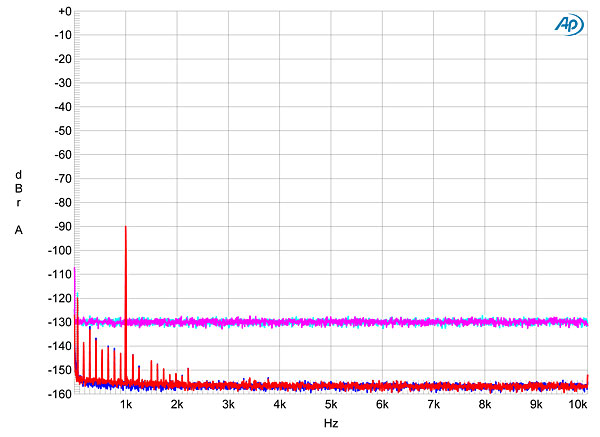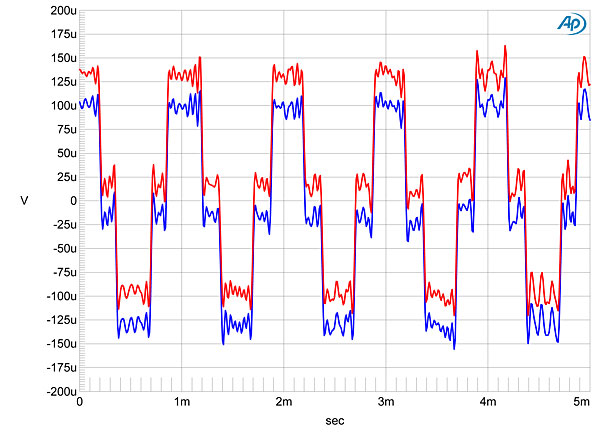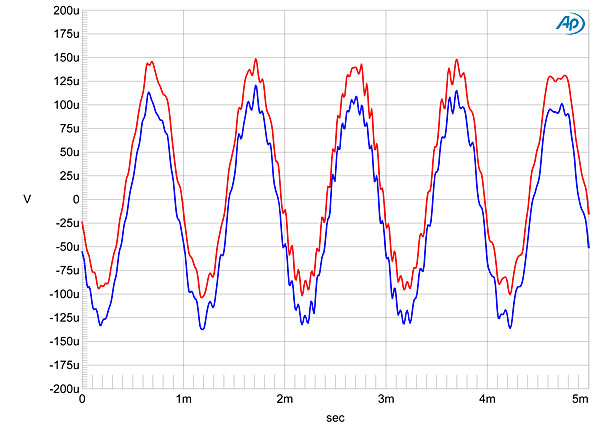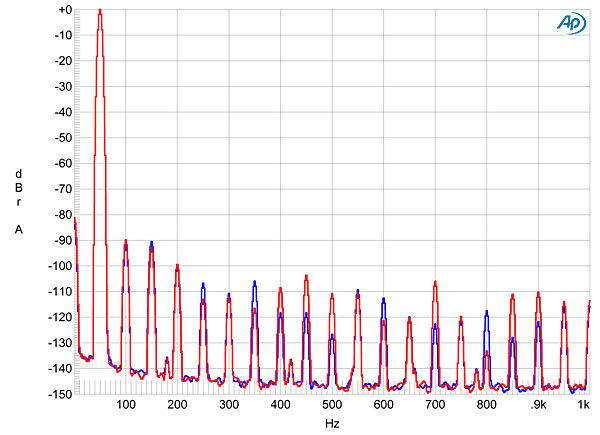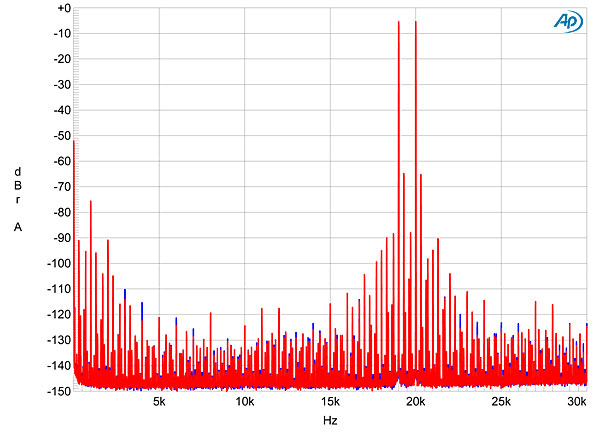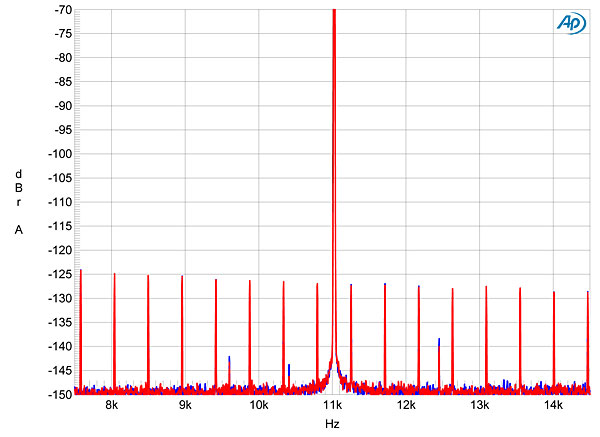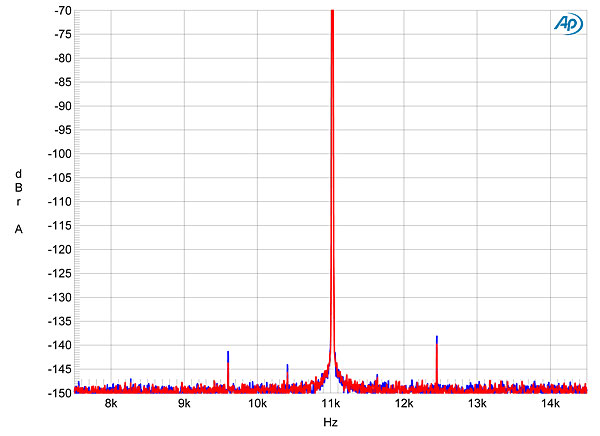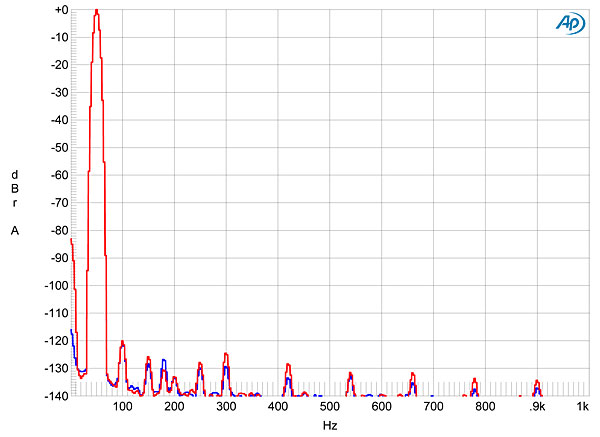| Columns Retired Columns & Blogs |
I would have preferred a comparison between the balanced/unbalanced outputs, and also one between the MSB set to output a fixed level (and using a pre) and the same using a variable level.
I think the main questions the potential buyer faces are if the DAC volume control is good enough to get rid of a good preamp ("good", as in a pre usually included in systems that can take benefit of a $7,000+ DAC) and which trade-off is better if the rest of the system is fully balanced: using the "native" SE outputs or the "artificial" XLR outputs.
Also, since I have never listened to the DACs used for comparison (and even do not know how their price compares to that of the MSB), the only valid information I could gather is from the Measurements page!
Sorry for being candid but I really expected more than a nice rant about Bee Gees and tiny buttons with a green/red glow.
